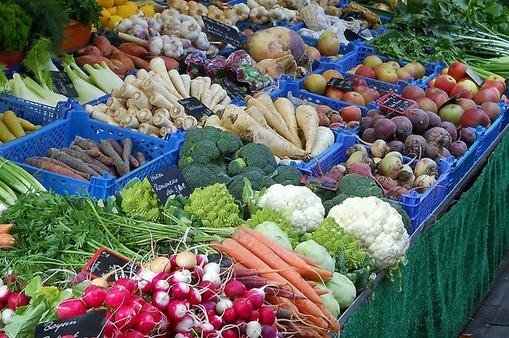When we refer to vegetables we think that both are synonymous, but in reality they are terms that designate different foods. Discover their most important basic differences.

Although it is true that they are usually used as synonyms, the reality is that we are faced with foods that we could come to consider as different, since although vegetables tend to be more used and known in the food and nutrition sector, the term vegetable is usually more used in general botany or horticulture.
When we talk about vegetables we are actually referring to the green part of vegetables. That is, vegetables are part of vegetables, while these are products that are produced in the garden and do not belong to fruits.
We are, therefore, before the term vegetable, which ultimately tends to be much broader than that of vegetable, since while vegetables would be the stems, fruits, seeds, bulbs, leaves or roots of the vegetables produced for their consumption, the vegetable refers only to the tender stalks or leafy foods.
Obviously this differentiation is not so clear, so that we find that the term vegetable is not entirely well defined, hence some nutritionists and chefs identify a vegetable as a vegetable, and vice versa. Let’s take an example: aubergines, tomatoes and carrots should be considered solely and exclusively as vegetables, but they are usually referred to as vegetables, or even as synonyms.
At this point we can make the following differentiation:
- Vegetables: vegetables produced in the garden. We must differentiate them from the fruits of the trees, known as fruits. According to the Spanish Food Code, this term “designates any herbaceous horticultural plant in season that can be used as food, either raw or cooked.”
- Vegetables: leafy vegetables, eaten raw or cooked. It is the green part of the vegetable. According to the Spanish Food Code, with this term we distinguish “a group of vegetables in which the edible part is made up of their green organs”.































